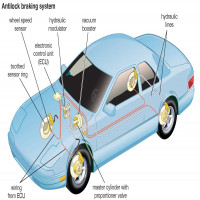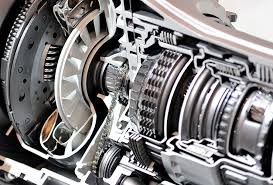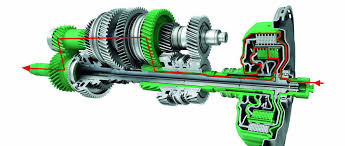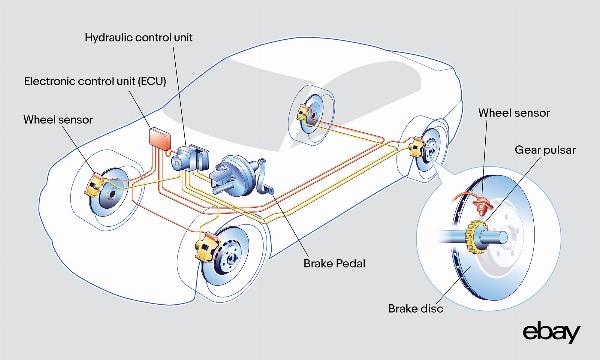The Differential Electronic Module transforms vehicle control operations.
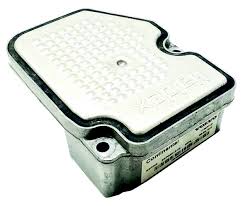
The automotive sector experiences quick transformation as it adapts to new technologies and demands. The development of electric drivetrains and semi-autonomous driving systems is turning modern vehicles into much smarter, quicker, and safer forms of transportation. A component that remains unknown to most drivers serves as one of the critical elements advancing vehicle evolution: the differential electronic module. The differential electronic module operates behind the scenes but remains essential for controlling wheel torque distribution which maintains vehicle stability and performance.
We will examine the function of the differential electronic module to understand its importance and its impact on advancing vehicle dynamics.
From Mechanical to Digital: The Evolution of the Differential
Understanding the worth of a differential electronic module requires examining how traditional vehicle differentials operate. A mechanical differential enables wheels to spin at varying speeds which proves beneficial while making turns. The traditional differential design allocates power between wheels passively depending on resistance.
The situation becomes complex when grip levels differ between wheels while the driver requires quick changes in direction or speed. That’s where electronics step in. The differential electronic module utilizes logic instead of guesswork by processing input from multiple sensors to determine power distribution.
This system performs both monitoring and active control functions.
Core Functions of the Differential Electronic Module
Advanced drivetrains now depend more heavily on this module. Its key functions include:
Real-Time Torque Distribution: The system manages torque distribution between wheels or axles by analyzing multiple factors including road surface conditions and steering inputs.
Integration with Safety Systems: The module operates in conjunction with ABS, traction control and stability control to enhance vehicle grip while minimizing skidding and oversteer risks.
Pre-emptive Response: The module surpasses older systems that only respond after slippage because it uses sensor data and programmed logic to both predict and prevent it.
This control system fundamentally changes vehicle performance during high-speed operations and whenever driving in poor weather or off-road situations.
Adaptability Across Drivetrains and Vehicle Segments
The differential electronic module stands out because of its adaptable nature. The differential electronic module finds applications beyond performance cars and SUVs. This technology finds application in numerous platforms today.
Front-Wheel Drive Vehicles: The differential electronic module helps control torque steer while minimizing wheel spin in front-wheel drive vehicles.
All-Wheel Drive Vehicles: The differential electronic module enables torque distribution between both front and rear axles as well as individual left and right wheels.
Electric Vehicles (EVs): The differential electronic module enables power distribution between motors while managing regenerative braking systems effectively.
Modern electric drivetrains use a differential electronic module as a central component to maintain traction and efficiency while operating without traditional gearboxes or central differentials.
Role in Electric and Autonomous Mobility
Electric vehicles provide distinct challenges and opportunities that require advanced torque management solutions. Electric vehicles take advantage of instant torque from their motors through precise software-driven control systems. The system dynamically allocates torque to each axle or individual wheel while considering vehicle speed and road grip to achieve maximum efficiency.
The need for precise torque management decisions intensifies in autonomous vehicles. The vehicle control system needs to manage balance and traction autonomously across different driving conditions. The differential electronic module serves as a component of the vehicle logic stack where it continuously modifies torque distribution to sustain stable vehicle movement.
Benefits That Go Beyond Performance
The module's performance improvements receive most attention but it also delivers practical advantages.
Improved Tyre Life: The prevention of excessive wheelspin and uneven torque application results in tyres wearing down more consistently.
Lower Energy Consumption: Optimised torque control in electric vehicles leads to reduced power loss and increased driving range.
Less Mechanical Stress: Intelligent torque delivery minimizes stress on both the driveshaft and axle components and the gearbox when necessary.
Enhanced Driver Confidence: The vehicle maintains consistent and stable behavior irrespective of road conditions or weather situations.
Looking Ahead: Smarter Systems, Better Driving
The differential electronic module has transitioned from being an optional feature in premium models to an integrated standard. With the rise of software-defined vehicles as standard technology this module will expand its influence in power management, safety maintenance and environmental adaptability in cars.
This system acts as a central component of vehicle innovation because it connects mechanical control systems with advanced digital intelligence. This module embodies future motion control technology because it runs silently underneath the surface while profoundly impacting vehicle performance.
Note: IndiBlogHub features both user-submitted and editorial content. We do not verify third-party contributions. Read our Disclaimer and Privacy Policyfor details.

